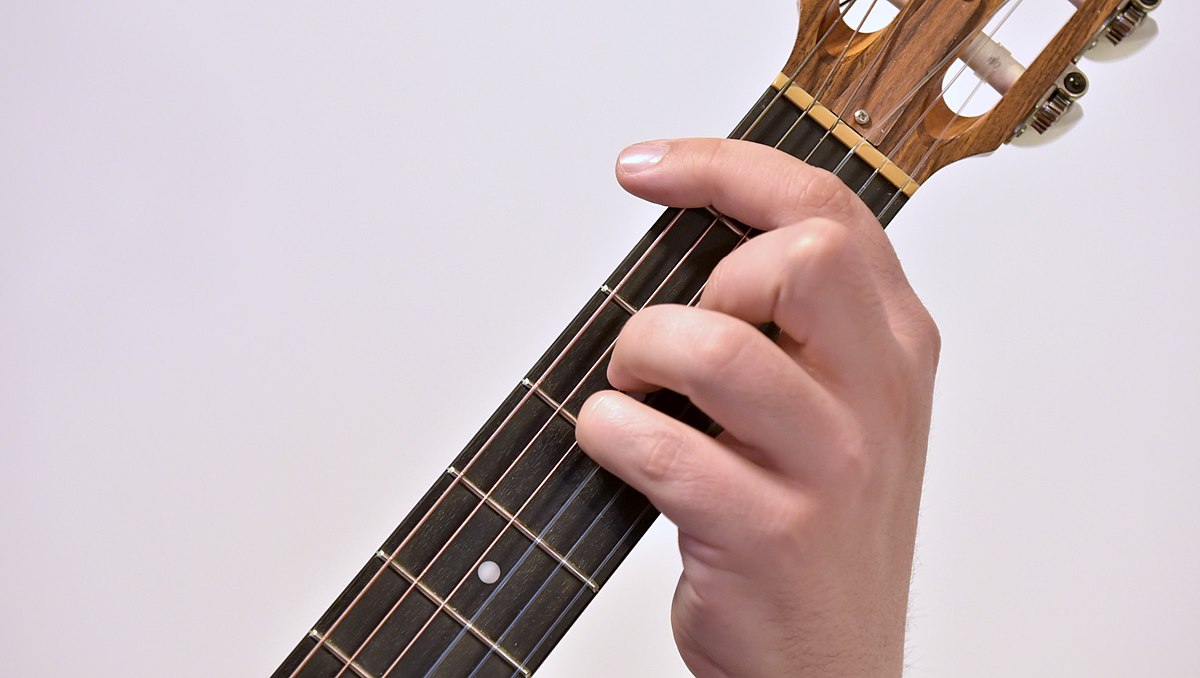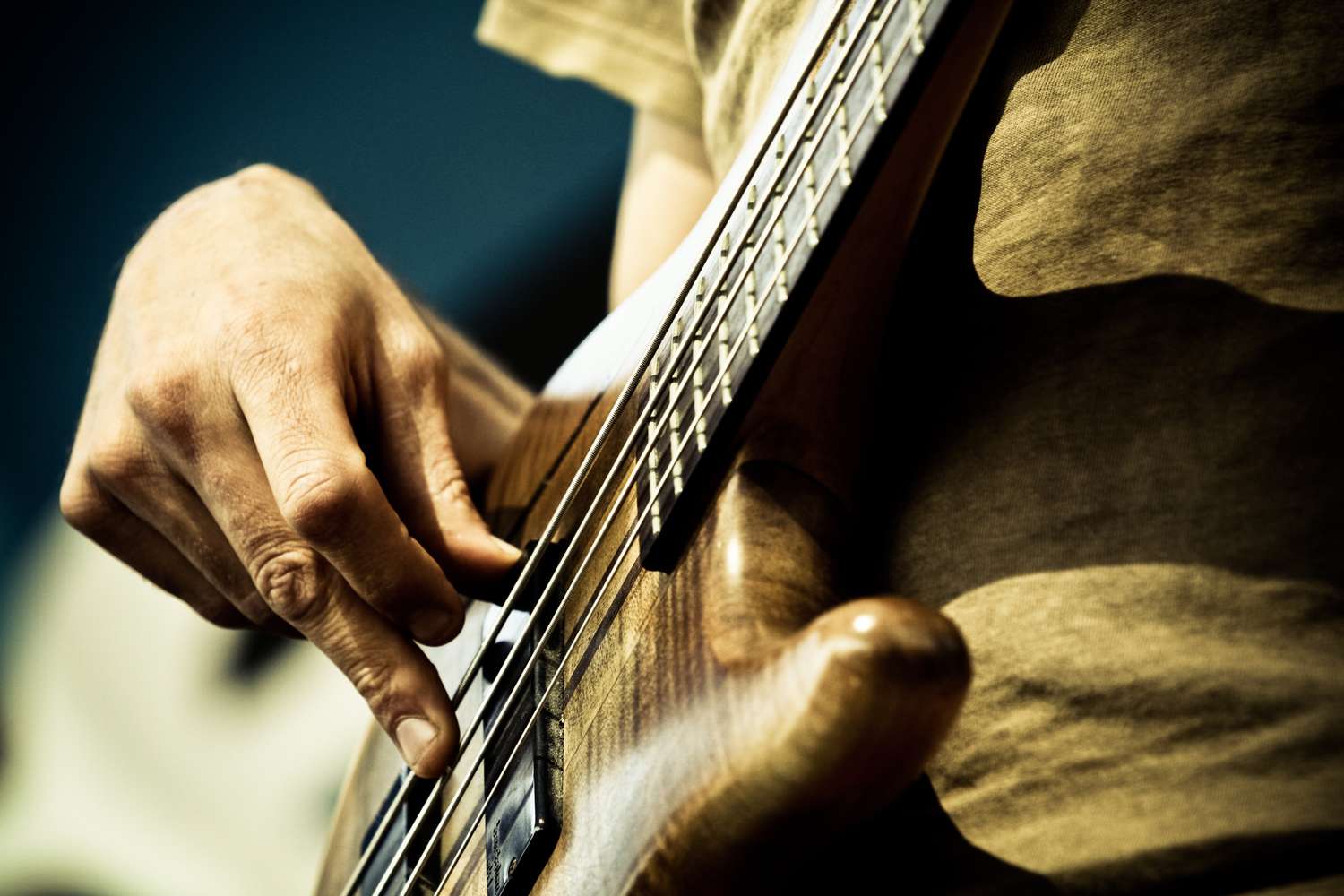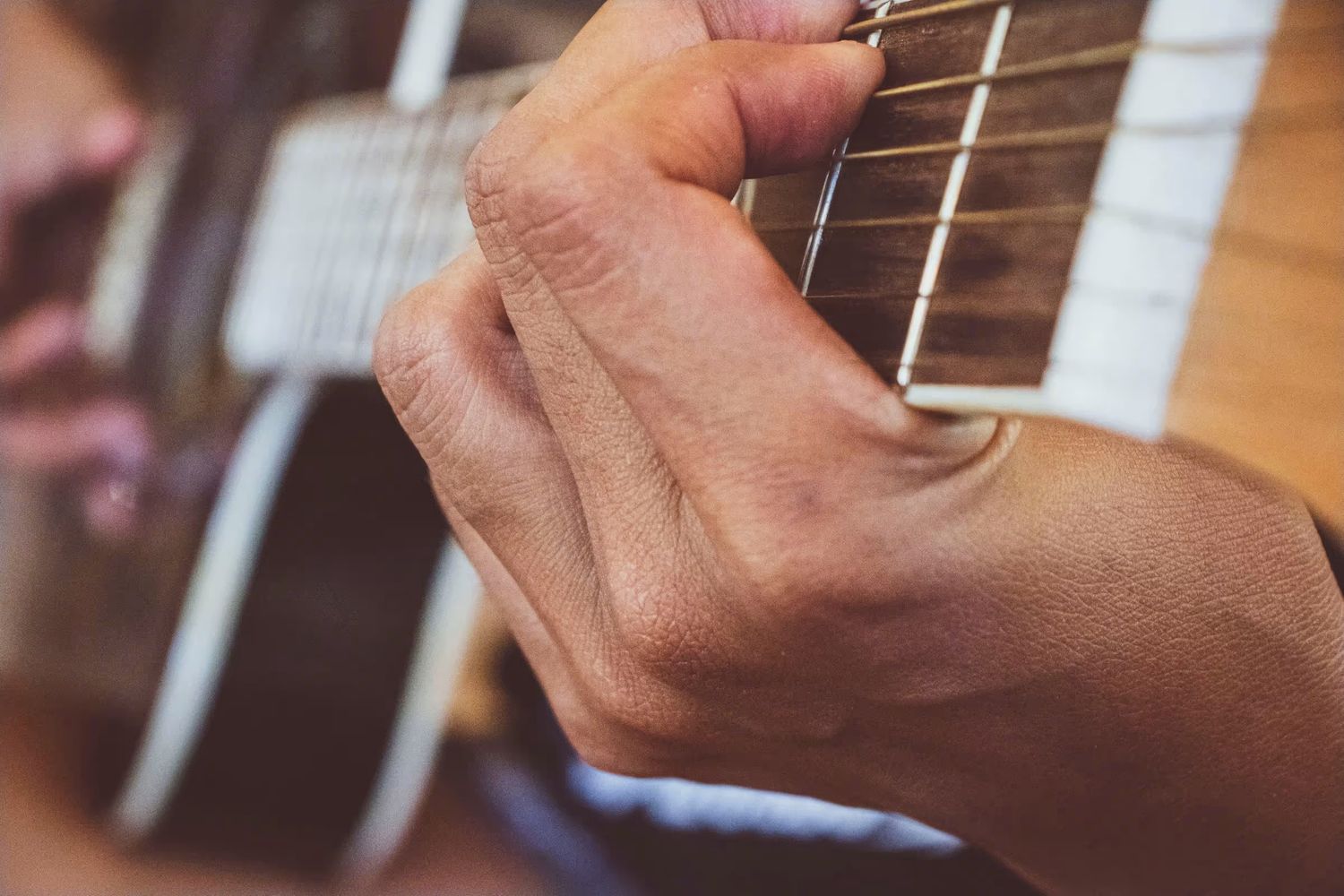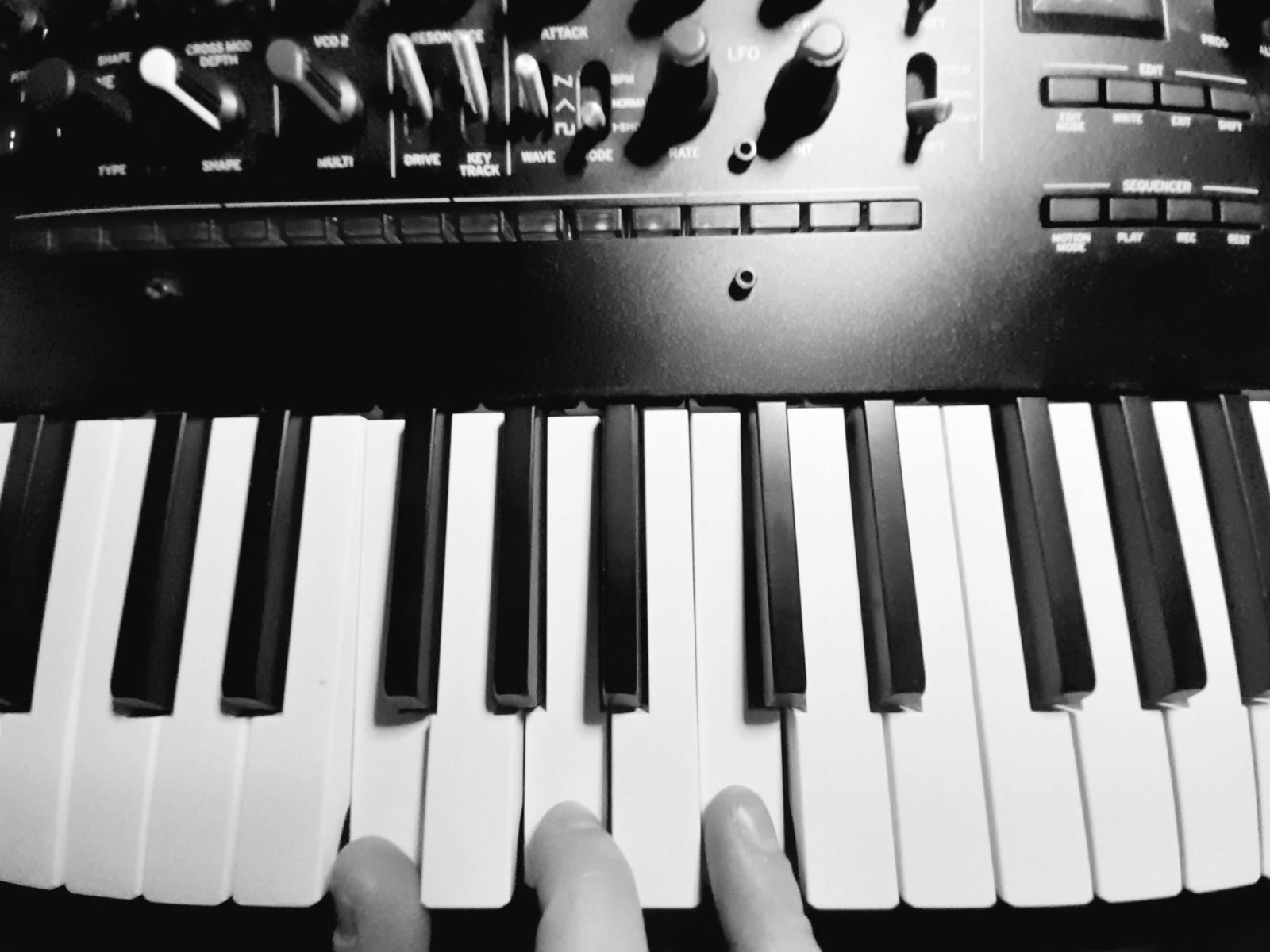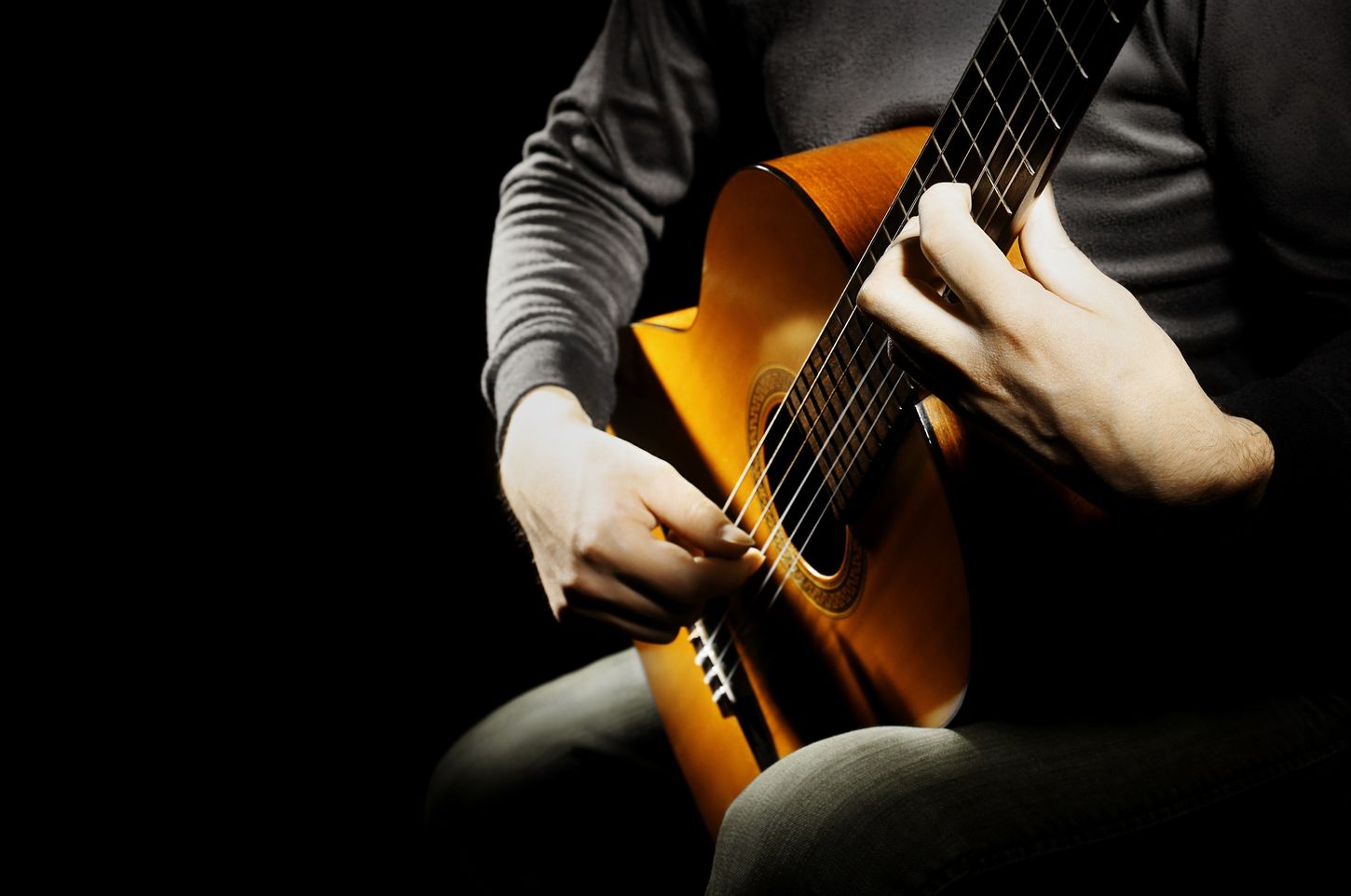Home>Instruments>Guitar>How To Play A Chord On Guitar
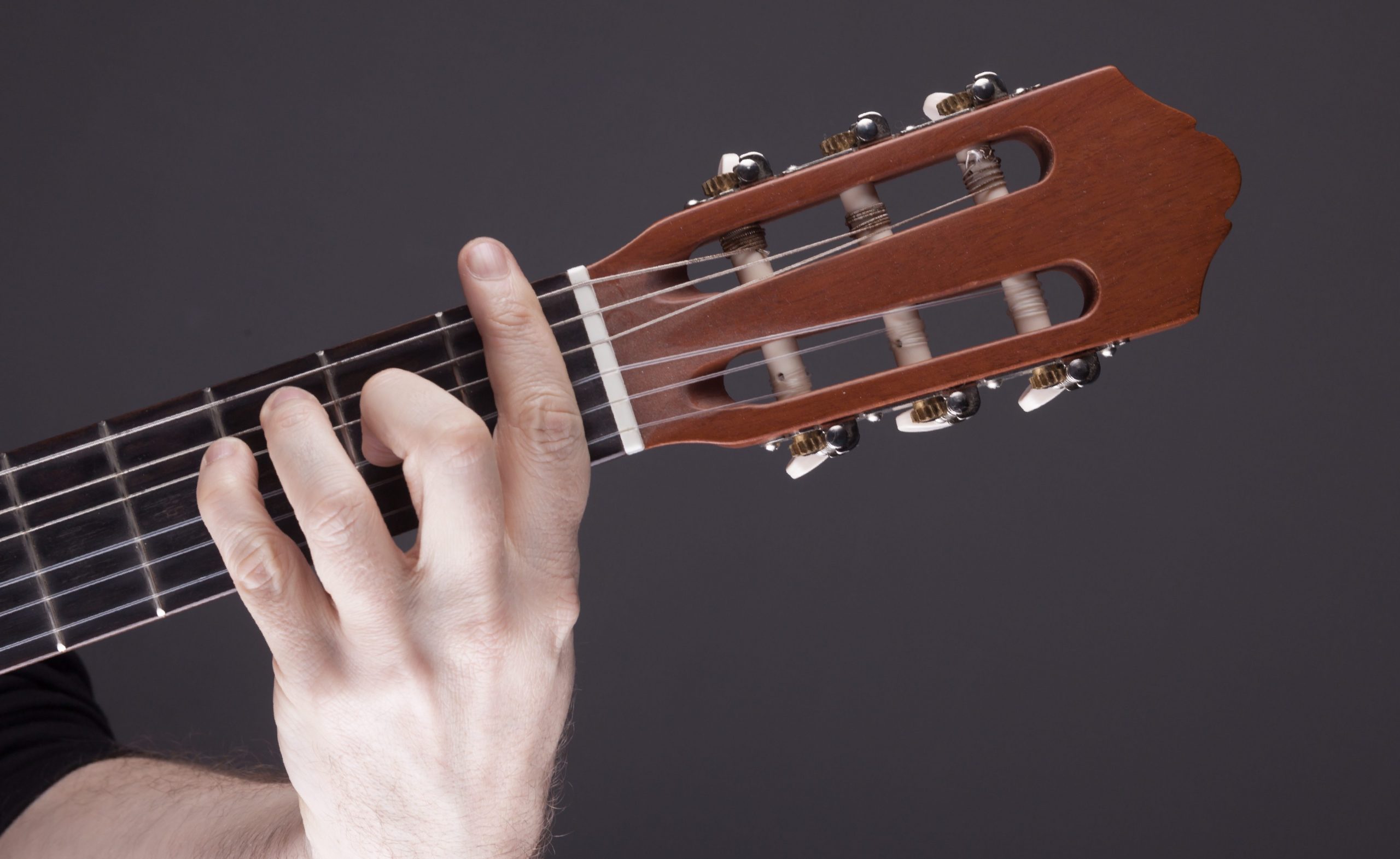

Guitar
How To Play A Chord On Guitar
Published: February 13, 2024
Learn how to play a chord on guitar with our step-by-step guide. Master the basics and start strumming your favorite tunes today!
(Many of the links in this article redirect to a specific reviewed product. Your purchase of these products through affiliate links helps to generate commission for AudioLover.com, at no extra cost. Learn more)
Table of Contents
- Understanding the Fundamental Elements of Guitar Chords
- Demystifying the Essence of Guitar Chords
- Exploring Essential Chord Shapes for Aspiring Guitarists
- Mastering the Art of Executing Flawless Chord Transitions
- Unlocking the Secrets to Masterful Chord Execution
- Embarking on a Harmonious Journey of Guitar Chords
Introduction
Understanding the Fundamental Elements of Guitar Chords
Playing the guitar is a fulfilling and captivating endeavor that allows individuals to express their creativity and emotions through music. One of the foundational aspects of guitar playing is mastering chords. Whether you're a novice or an experienced guitarist, understanding how to play chords is essential for creating harmonious melodies and captivating compositions.
Guitar chords are the building blocks of many songs, providing the harmonic framework that supports the melody and rhythm. They are formed by combining different notes to produce a unified sound that adds depth and texture to music. As a guitarist, learning how to play chords opens up a world of possibilities, enabling you to strum along to your favorite songs, write original compositions, and jam with fellow musicians.
In this comprehensive guide, we will delve into the fundamentals of guitar chords, explore basic chord shapes, and provide insights on how to effectively play and transition between chords. Whether you're picking up the guitar for the first time or seeking to refine your chord-playing skills, this article will equip you with the knowledge and techniques needed to navigate the enchanting realm of guitar chords.
Throughout this journey, we will unravel the intricacies of chord structures, unveil practical tips for mastering chord transitions, and empower you to infuse your musical endeavors with the rich and resonant sounds of well-executed chords. So, grab your guitar, tune the strings, and let's embark on this melodious adventure together.
Understanding Chords
Demystifying the Essence of Guitar Chords
Before delving into the practical aspects of playing guitar chords, it’s crucial to grasp the theoretical underpinnings that define these harmonic elements. At its core, a chord is a collection of three or more notes played simultaneously, creating a sense of harmony and musical richness. These notes are typically derived from the scales that form the basis of Western music, such as the major and minor scales.
When it comes to guitar playing, chords are often represented by specific finger placements on the fretboard, with each finger pressing down on a particular string at a designated fret. The combination of these finger positions produces a distinct chord voicing, characterized by its unique sound and tonal qualities.
Chords can be broadly categorized into major, minor, and dominant variations, each evoking a different emotional resonance. Major chords exude a sense of brightness and positivity, making them a popular choice for uplifting compositions. In contrast, minor chords convey a moodier and more introspective feel, adding depth and melancholy to musical pieces. Dominant chords, with their characteristic tension and resolve, inject a sense of anticipation and movement into music.
Understanding the structure of chords involves familiarizing oneself with intervals, which are the distances between the individual notes that comprise a chord. These intervals, such as thirds and fifths, contribute to the chord’s overall sound and determine its specific flavor within a musical context. By comprehending the interplay of intervals within a chord, guitarists can gain a deeper appreciation for the harmonic intricacies that underpin their favorite songs and compositions.
Moreover, chords are often represented using chord diagrams, which visually depict the finger placements and string configurations required to play a particular chord. These diagrams serve as invaluable visual aids, especially for beginners, as they navigate the vast landscape of chord shapes and progressions.
Armed with this foundational knowledge of chords, you’re poised to embark on a rewarding journey of chord mastery, where you’ll unlock the potential to captivate audiences and express your musical essence through the evocative language of chords.
Basic Guitar Chords
Exploring Essential Chord Shapes for Aspiring Guitarists
As a budding guitarist, familiarizing yourself with fundamental chord shapes is a pivotal step towards honing your musical prowess. These foundational chords form the bedrock of countless songs across various genres, making them indispensable components of your musical repertoire.
One of the most ubiquitous chords in the guitarist’s arsenal is the C major chord. This chord, comprised of the C, E, and G notes, embodies a bright and uplifting quality, making it a popular choice for crafting melodious compositions. Its straightforward finger positioning on the fretboard and resonant sound make it an ideal starting point for beginners.
Another essential chord is the G major, characterized by its warm and vibrant resonance. This chord’s distinctive sound adds a touch of exuberance to musical arrangements, making it a staple in the guitarist’s toolkit. Mastering the finger placement for the G major chord opens up a myriad of musical possibilities, allowing you to infuse your playing with a sense of buoyancy and energy.
For those seeking a mellower and introspective tone, the E minor chord offers a compelling choice. Comprising the E, G, and B notes, this chord exudes a sense of poignancy and contemplation, making it a versatile addition to your chord repertoire. Its emotive quality lends itself well to evocative ballads and soul-stirring compositions.
Transitioning to the A major chord, we encounter a vibrant and resonant sound that injects a dose of optimism into musical arrangements. The A major chord’s uplifting quality and versatile nature make it a valuable asset for crafting captivating melodies and uplifting harmonies.
Lastly, the D major chord, with its robust and resounding timbre, rounds out the essential chord repertoire for burgeoning guitarists. This chord’s rich tonality and expressive potential make it an indispensable component of your chord vocabulary, enabling you to infuse your musical creations with depth and vigor.
By acquainting yourself with these basic chord shapes, you lay a solid foundation for your guitar journey, paving the way for further exploration and mastery of an extensive chord library. These foundational chords serve as the springboard for your musical odyssey, empowering you to unlock the boundless potential of chordal expression.
Playing a Chord on Guitar
Mastering the Art of Executing Flawless Chord Transitions
As a guitarist, the ability to seamlessly play chords is a hallmark of musical dexterity and finesse. Whether you’re strumming along to a beloved song or composing an original piece, mastering the art of playing chords on the guitar is essential for creating captivating music. Here’s a step-by-step guide to help you navigate the intricacies of playing chords with precision and fluidity.
1. Finger Placement: Begin by positioning your fingers on the fretboard according to the specific chord shape you intend to play. Ensure that each finger is pressing down on the appropriate strings at the designated frets, maintaining firm yet relaxed contact with the strings to produce clear and resonant notes.
2. Strumming Technique: Once your fingers are in position, employ a smooth and controlled strumming motion with your dominant hand, using a pick or your fingertips to produce a balanced and melodious sound. Focus on maintaining a consistent rhythm and strumming pattern to enhance the harmonic richness of the chord.
3. Chord Voicing: Pay attention to the tonal quality and balance of the chord as you play it. Strive to ensure that each note within the chord rings out clearly, without any muffled or muted strings. Adjust your finger positioning and pressure as needed to achieve optimal chord voicing and resonance.
4. Transitioning Between Chords: As you progress in your musical journey, you’ll encounter the need to transition smoothly between different chords within a song. Practice shifting from one chord to another, focusing on maintaining a steady tempo and fluidity in your transitions. Gradually increase the speed and accuracy of your chord changes to cultivate a seamless and polished musical performance.
5. Muscle Memory and Practice: Developing muscle memory is integral to mastering chord transitions. Regular practice and repetition will train your fingers to instinctively find the correct positions for various chords, enhancing your agility and precision as a guitarist. Embrace the journey of practice and refinement, knowing that each session brings you closer to fluency and proficiency in playing chords.
By honing your finger placement, strumming technique, chord voicing, and transition prowess, you’ll elevate your guitar playing to new heights, imbuing your music with a tapestry of harmonious chords that resonate with depth and emotion. Embrace the learning process, stay patient and persistent, and soon you’ll find yourself effortlessly weaving a symphony of chords that captivates and inspires.
Tips for Playing Chords
Unlocking the Secrets to Masterful Chord Execution
As you embark on your journey to conquer the art of playing guitar chords, incorporating effective strategies and techniques can significantly enhance your proficiency and musical finesse. Here are invaluable tips to elevate your chord-playing abilities and infuse your music with captivating harmonies.
- Relaxed Posture and Hand Placement: Maintain a relaxed and ergonomic posture while playing the guitar, ensuring that your fretting hand is positioned comfortably on the neck. Avoid unnecessary tension in your fingers and wrist, allowing for fluid and effortless chord transitions.
- Precision over Speed: Prioritize accuracy and clarity when playing chords, focusing on producing distinct and resonant notes with each strum. As you cultivate precision, speed and dexterity will naturally follow, enabling you to execute chords with finesse and confidence.
- Ear Training: Develop your ear for music by actively listening to chord progressions in songs across various genres. Train your auditory perception to discern chord changes and voicings, allowing you to replicate and interpret them with greater accuracy on your own instrument.
- Utilize Chord Transition Exercises: Dedicate time to specific exercises designed to improve your ability to transition between chords seamlessly. Practice common chord progressions and focus on smoothing out any rough transitions, gradually building muscle memory and agility.
- Experiment with Different Strumming Patterns: Explore a diverse range of strumming patterns and rhythms to add depth and dynamism to your chord playing. Experiment with variations in strumming intensity, direction, and timing to imbue your chords with expressive nuances.
- Visualize Chord Shapes: Mentally visualize the finger placements for different chords, reinforcing your understanding of chord shapes and facilitating quicker and more accurate transitions. This mental rehearsal can enhance your muscle memory and streamline your chord-playing proficiency.
- Patience and Persistence: Embrace the learning curve with patience and persistence, understanding that mastery of chord playing is a gradual and rewarding process. Celebrate small victories and remain dedicated to consistent practice, knowing that each session brings you closer to musical fluency.
By integrating these tips into your practice regimen and performance endeavors, you’ll fortify your foundation in chord playing, unlocking the potential to weave captivating harmonies and melodic tapestries that resonate with depth and emotion. Embrace the joy of exploration and refinement, knowing that each chord you play carries the power to stir the soul and ignite the spirit of musical expression.
Conclusion
Embarking on a Harmonious Journey of Guitar Chords
As we conclude this exploration of guitar chords, it’s evident that these harmonic elements serve as the cornerstone of musical expression for guitarists of all levels. From the foundational understanding of chord structures to the nuanced art of executing flawless chord transitions, the world of guitar chords is replete with opportunities for creativity, emotion, and artistic fulfillment.
Armed with the knowledge of basic chord shapes, the intricacies of chord voicing, and invaluable tips for honing your chord-playing skills, you stand poised to embark on an enriching journey of musical discovery. Each chord you master becomes a brushstroke in the canvas of your musical expression, allowing you to paint vibrant and evocative sonic landscapes that resonate with the hearts and minds of your audience.
As you delve into the realm of chord progressions, experiment with diverse strumming patterns, and immerse yourself in the captivating world of harmonious melodies, remember that the essence of chord playing transcends technical proficiency. It is a language through which emotions are articulated, stories are told, and connections are forged.
Embrace the process of learning and growth, relishing the moments of triumph and embracing the challenges as stepping stones toward mastery. Whether you’re strumming for personal enjoyment, collaborating with fellow musicians, or captivating audiences with your performances, may the chords you play resonate with authenticity, passion, and the sheer joy of musical expression.
So, let the strings of your guitar be the conduits through which your innermost emotions and aspirations find voice. With each chord, weave a tapestry of melodies that reflects your unique musical narrative, and let the harmonies you create echo with the timeless allure of heartfelt expression.
As you continue your musical odyssey, may the chords you play be a testament to the boundless creativity and emotive power that reside within you, enriching the world with the transformative language of music.


